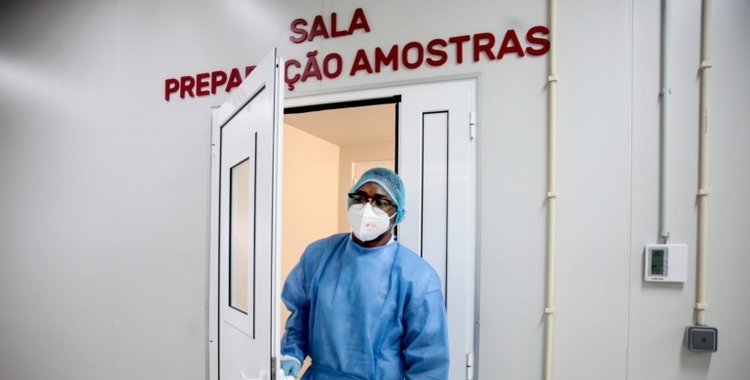According to professionals consulted by Lusa, the primary health system, especially in the capital, "collapsed" and hospitals are recording an "average between six and ten deaths" associated with malaria and anemia.
"With all the observations that we have made, we have not observed improvements, neither in medicines, nor in human resources and means, and what amazes me is the silence of the President of the Republic, João Lourenço, in relation to this", stated the president of the National Union of Doctors from Angola (Sinmea), Adriano Manuel.
For the doctor Adriano Manuel, "it is necessary that the country's top leaders, especially the President of the Republic, make surprise visits to public hospitals to observe what is really happening and what the repercussions are."
Garbage and stagnant water, open sewers and recent rains, said the union leader, "have a negative influence" on Luanda's sanitary framework, with a "high level of malaria in the emergency rooms", he noted.
"We are in a situation in which most children suffer from chronic malnutrition, on the one hand, and chronic anemia as well, and when malaria affects these patients, it finds a certain vulnerability and that is why deaths occur", he said.
The malaria picture is associated with anemia and insufficiencies in the stocks of the blood bank. "This is why many children who come to our hospitals die of malaria," lamented Adriano Manuel, in an interview with Lusa.
The president of Sinmea also estimated that, on average, the mortality rate from malaria in hospitals "varies between 6 and 10 deaths a day, although there are hospitals that have a higher level and reach more than 18 deaths in children".
"This happens because the secondary and primary levels do not have human resources and medicines and, therefore, people flock to tertiary hospitals for lack of conditions to purchase medicines", he stressed.
He also pointed out "a visible general physical wear of doctors, nurses and other health technicians, as a result of patient demand", which also influences, he stressed, "the mortality rate".
Because, explained the doctor, "it is impossible to understand how a single doctor in an emergency room observes an average of 150 patients".
"It's a terrible fatigue and unfortunately the Government turns a deaf ear," he commented.
The scenario of floods in hospitals, starting at the primary level, was also reported by the secretary general of the Union of Nursing Technicians of Luanda, Afonso Kileba, stating that the demand for patients "contrasted with the scarcity of health technicians".
"Hospitals are very full, health centers are very full, especially at the primary level, where most of the population is and it is the level that is lacking in terms of technicians," said Afonso Kileba today.
Speaking to Lusa, the union official and specialist in nursing also lamented the "inexistence" of disposable materials in the health units, referring there is a "reduction in the supply of expendable material" in Luanda hospitals.
"There are hospitals that are being allocated five ampoules of dipyrone [a drug for fever] for one month, in such a way that it also aggravates the table of deaths, due to the absence of a capable response", he said.
As for working conditions, "we don't even talk about it anymore, there is no food or accommodation conditions for the technicians", said Afonso Kileba.







